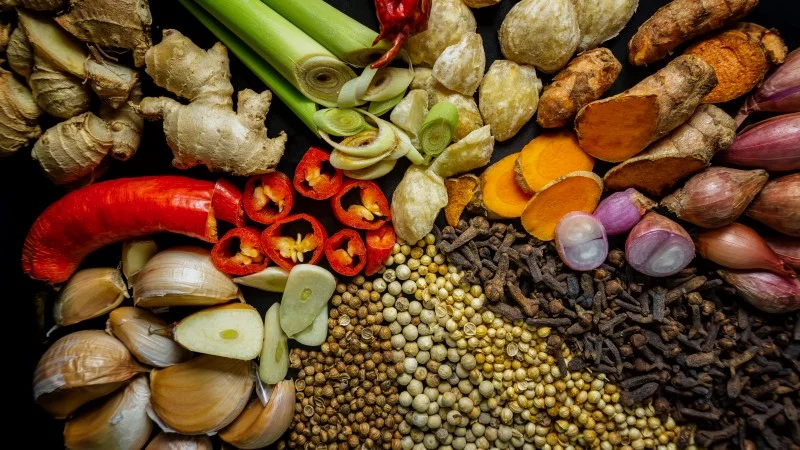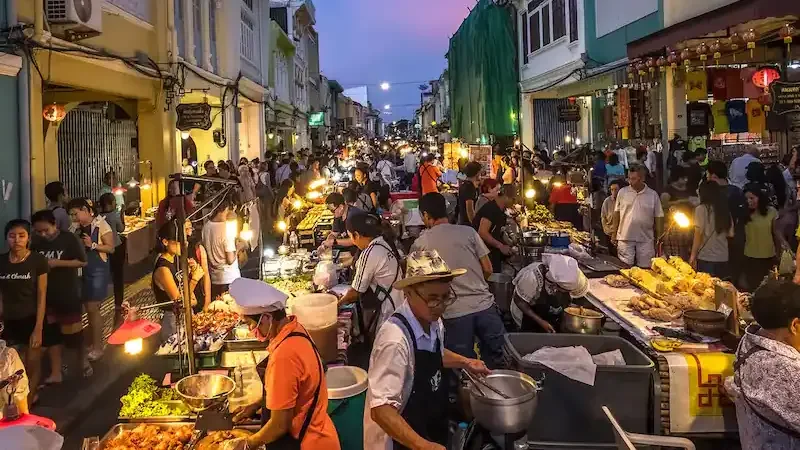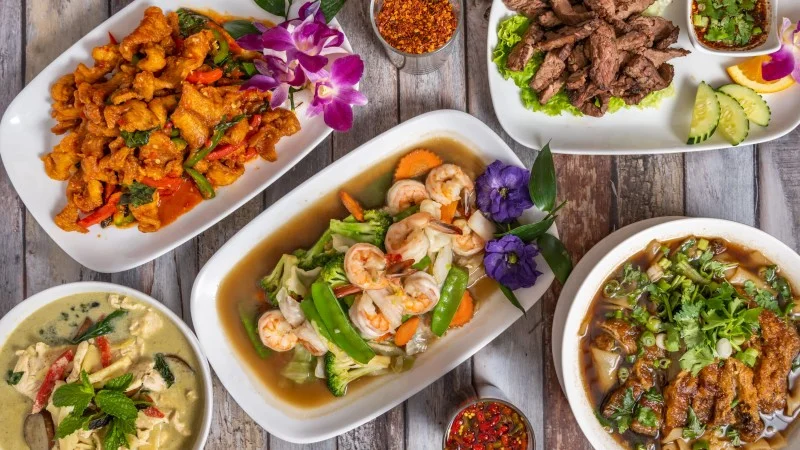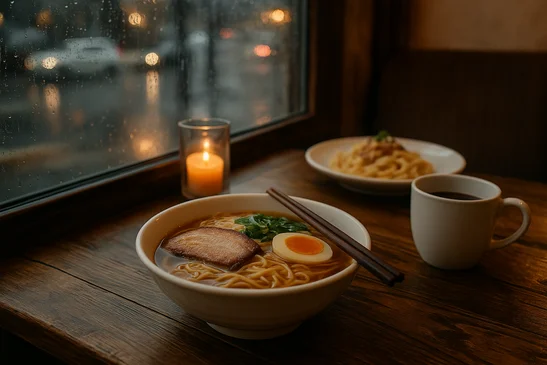In many cases, food is one of the influencing factors when people fall in love with Phuket. It will make a devout foodie out of the least expected – resistance is futile. Thai cuisine is renowned for its bold and complex flavors, aromatic spices, and diverse range of dishes. As you explore the seemingly endless local restaurants in Phuket, here are some tips to help guide you while navigating the menus and exploring the depths of Thai cuisine.
Embrace the Spice

It’s no secret that Thai cuisine is known for its generous helping of spicy chili peppers. While in many cases you can order dishes mai pet (not spicy) or pet nit noi (a little spicy), this is not always the case. Certain dishes, especially curries, use pre-made pastes for cooking that have chilis already included. Sure, they can use less of the curry paste, but that’s where most of the flavor comes from so expect a far more bland version. If you like curries, but are spice-averse, try phad pong garee, gaeng kiawan (green curry), or massaman.
Don’t Be Afraid of the Street Stalls

Just because there’s no maître d', fine cutlery, or even walls doesn’t mean you might get some of the best food you’ve ever had. Phuket's street food stalls offer an array of cheap, unique, and delicious options. From stir-fries to noodles to papaya salad, these stalls provide an authentic dining experience. The cool thing about street stalls in Thailand is everyone eats at them whether rich or poor, old or young. The quality of Thai street food has not gone unnoticed as you’ll find many recognized by the prestigious Michelin Guide.
Start with the Classics

One thing about Thai cuisine that often makes newcomers unaware is the vast assortment. For the average Westerner who has dabbled in dining out at Thai restaurants back home, you’ve barely scratched the surface. By classics, we’re talking about tom yum (sweet and sour soup), phad kaprao (basil, chili, garlic stir fry), phad Thai, phad see yew (stir-fried wide rice noodles). Getting familiar with the 10-12 most common Thai dishes is helpful as they represent the flavors of many other dishes and quite a few other creations are a variation of one of these.
Balance of Flavors

Thai cuisine is renowned for its harmonious balance of flavors – sweet, sour, salty, bitter, and umami. Many dishes incorporate one or more of these and if you’re sharing a meal with a group, an assortment of dishes will be ordered to represent all of these flavor profiles. For a group of people ordering dinner, the order may look something like: tom yum goong (sweet and sour soup with shrimp), a spicy curry like phad phet or klua kling, yam hua bplee (banana flower salad with coconut milk), phad kana moo glob, and rice of course. One of the keys to exploring Thai cuisine is to have an open mind and be willing to try things you think you may not like, you might be surprised.



















